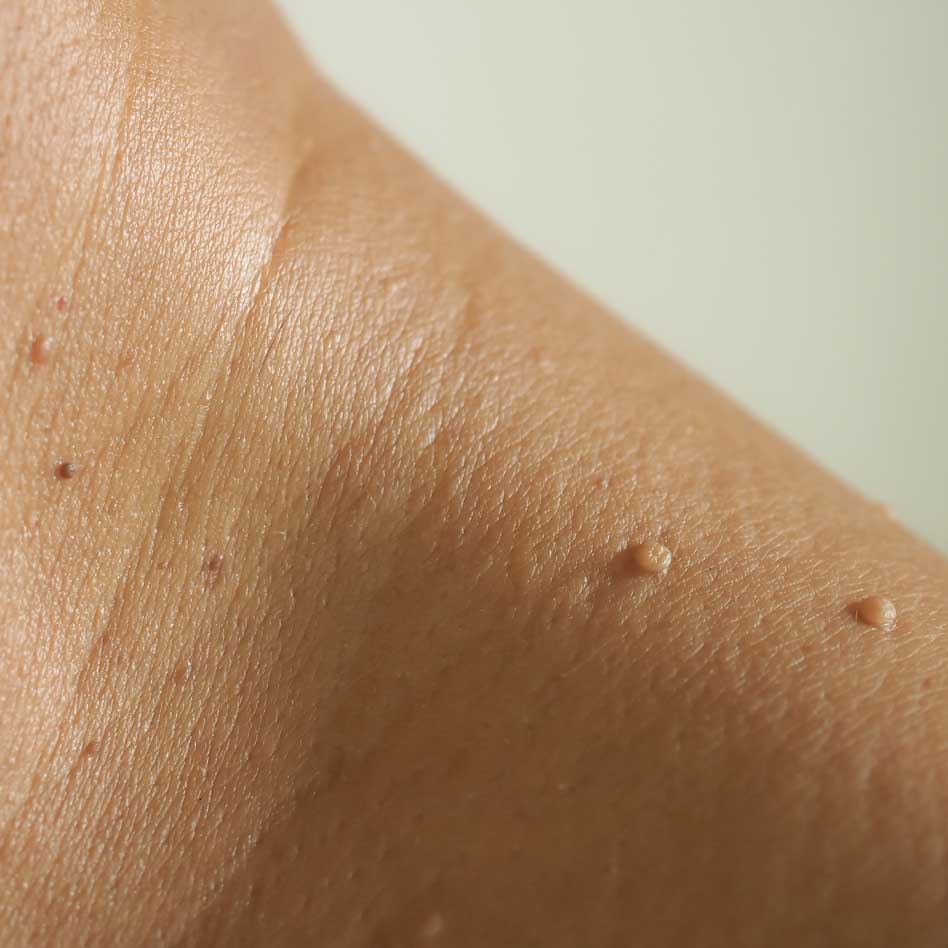Cysts, lumps & bumps
Simple, effective, lump removal with minimal scarring
Removal of harmless skin growths, such as seborrhoeic warts, lipomas, cysts and skin tags is a simple matter. But first we’ll need to check the lump is not cancerous. When you have your consultation with us, we will be able to identify the lump, and assess how harmful it is, with a view to offering you the most appropriate removal treatment option.
Skin cancer is a consequence of cumulative sun damage, often from long ago. Patients with a history of significant sun exposure do sometimes present with precancerous lesions. Should the skin growth you have presented with be identified as harmless, we will also, obviously, be able to advise you of the best course of action.
Surgical dermatology encompasses many different treatments which can often be used to treat, many and various disorders of the skin, in a very swift and simple way. These range from the surgical excision of skin cancers and melanomas, to the removal of harmless skin lesions, moles, skin tags, cysts, and lipomas.


Consultation
- Detailed history of your skin concern
- Total skin examination
- Holistic assessment of your health
- Diagnosis
- Discussion of treatment options
- Personalised treatment plan
- Treatment
FAQs
Following assessment, your lump may be considered benign, but there may still be a chance that it can become harmful in the future.
See answer

Many patients wish to have their benign lumps removed because they are unsightly, and it stops them worrying about them becoming malignant.
See answer

You will have a surgical excision. The details will be discussed with you during your consultation.
See answer

You will receive a local anaesthetic before any procedure, if it is deemed potentially painful enough to warrant it.
See answer

Minor surgical treatments can often cause a small scar. We’ll advise you beforehand of the sort of scar you should expect for the treatment you’re having.
See answer

Minor surgery for lump excision is a walk-in, walk-out procedure. Your wound should be fully healed in 3-4 weeks.
See answer

Any risks associated with the procedure you will be having will be discussed with you during the pre-treatment consultation.
See answer



